Preparation is key for success. But schools can get battered by many other factors.
 Ami Environmental Hidden Mold In Schools
Ami Environmental Hidden Mold In Schools
There are molds that can grow on wood paper carpet foods and insulation.
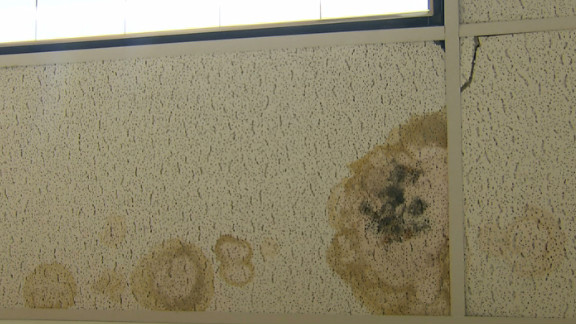
Mold in schools. Mould only grows in areas of high moisture so will thrive in wetdamp conditions particularly where it is also warmth making damp school buildings particularly suitable for fungal growth. Mold grows in schools when airborne mold spores land on a damp food source and begin digesting it in order to survive. Mold can grow in specific school rooms such as gyms and locker rooms ventilation ducts and ceiling tile spaces basement and boilers.
Causes of Mold in Schools. More mold inspections and testing in our Florida schools is. It was taken in one of the schools bathrooms.
You can drill down into the list of schools found below by clicking on the postcodes for the relevant school. Mold is a very simple process. Mold can also grow in dust paints wallpaper insulation drywall carpet fabric and.
Mold grows because of moisture Leaks floods storms and sewage damage are some common causes of mold growth in schools Since mold can begin to grow just 48 hours after water damage occurs moisture and water damage issues must be handled first before mold remediation can start Mold thrives in damp dark humid areas Storage rooms. Flat roofs often have drainage issues making for leakage. Mold exposure has also been linked to the development of asthma in children.
Wet coats from damp playgrounds getting stuffed into lockers is certainly a contributing factor to increased moisture levels that can spawn mold growth. More serious symptoms including difficulty breathing may arise in those children who suffer from allergies or asthma. Molds can be found almost anywhere.
Mold will grow in places with a lot of moisture such as around leaks in roofs windows or pipes or where there has been flooding. We have found 29 matches as a result of your search for schools in MOLD Clwyd. More than 15 classrooms at GW tested positive for toxic mold.
At your meeting I would try to be as unemotional in your. Mould in schools. The water required for mold growth can enter school buildings and portable classrooms through leaky roofs pipes windows foundations and other structural openings.
The Environmental Protection Agencys EPA Indoor Air. There is a Google Map at the bottom of this page showing the location of all the schools in MOLD. Control humidity levels and.
Several websites have suggested that mice and roaches help spread mold with sticky spores like Stachybotrys chartarum. All it needs is water and somewhere out-of-the-way to grow. Since mold spores can easily fixate on any surface that presents a certain level of humidity mold in schools occur mostly due to the inappropriate maintenance of buildings and areas that might present leakages and ease to dampen.
43 of students have experienced symptoms of mold that improve after leaving the building. They can grow on virtually any organic substance as long as moisture and oxygen are present. Suggestions for Reducing Mold Growth in Schools Reduce Indoor Humidity.
Moisture problems can lead to poor indoor air quality asthma and allergy symptoms that make it hard for students to concentrate in school. It is a health and safety issue as it can cause a variety of health problems as well as being unsightly and causing a musty odour. Contractors and other professionals who respond to mold and moisture situations in commercial buildings and schools may also want to refer to these guidelines.
Mold grows well on paper products cardboard ceiling tiles and wood products. This mature female measures just over an inch in length. They obtain nutrients through consuming dead matter such as paper cardboard and wood.
Molds in schools are created as the result of the formation of dampened and wet areas. Vent showers and other moisture-generating sources to the outside. Helpful Mold-Specific Resources for Schools and Parents.
In schools PE changing rooms and showers are. Moulds are plant-like organisms which do not require light to grow. Damp whether caused by flooding gradual ingress of water or condensation can cause mould to grow on walls and furniture and make window frames rot.
How to Speak Up About Mold at School Meeting with the Principal. The photo below shows an Oriental Waterbug a cockroach that loves the damp decaying matter in water-damaged buildings. Check for moldy odors.
If mold is present in their school they are susceptible to exposure which can trigger a variety of symptoms including nasal congestion skin and eye irritation coughing and wheezing. Mold infestation and growth in schools is often subtle and sneaky growing under linoleum floor tile inside walls and in AC closets and ventilation ducts where it cant be seen but its ill effects can be all too readily felt. Inspect the building for signs of mold moisture leaks or spills.
These health symptoms can also affect student learning. Look for water stains or. Molds are very common in buildings and homes.
Why and Where is Mold in Schools.
 Teachers Report Mold Rodents And Excessive Heat In Schools Are Making Them Their Students Sick
Teachers Report Mold Rodents And Excessive Heat In Schools Are Making Them Their Students Sick
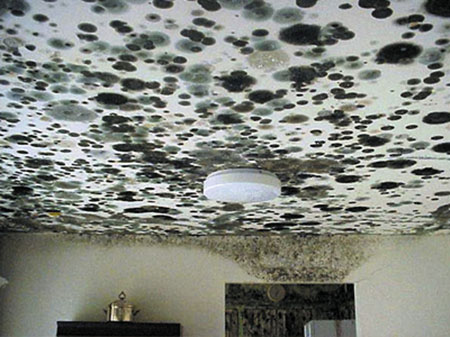 Mold Remediation In Schools And Commercial Buildings Guide Chapter 1 Mold Us Epa
Mold Remediation In Schools And Commercial Buildings Guide Chapter 1 Mold Us Epa
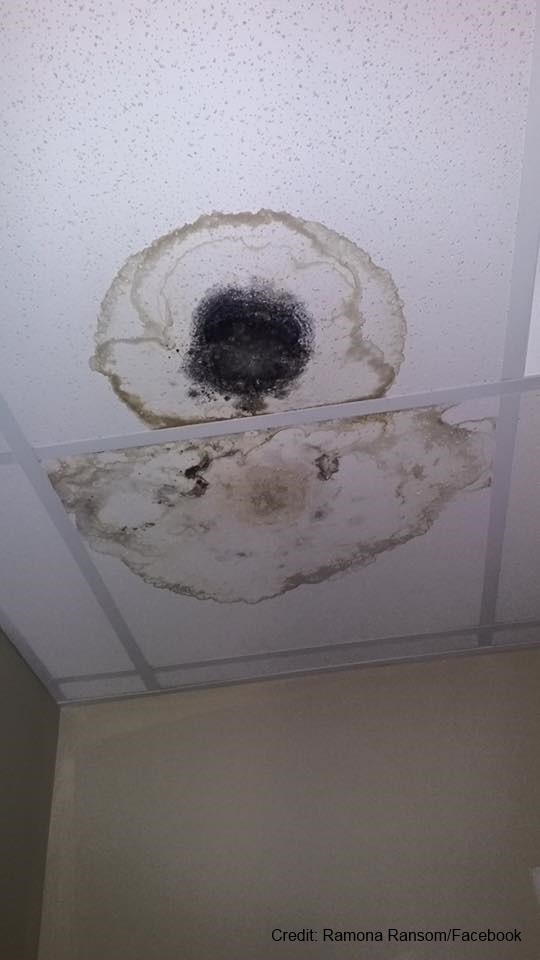 Detroit Public Schools Dilapidated Moldy Sometimes Unsafe 2016 02 18 Restoration Remediation Magazine
Detroit Public Schools Dilapidated Moldy Sometimes Unsafe 2016 02 18 Restoration Remediation Magazine
 Horry County Schools Covered Up Toxic Mold While Students And Teachers Got Sick Lawsuit Claims Wspa 7news
Horry County Schools Covered Up Toxic Mold While Students And Teachers Got Sick Lawsuit Claims Wspa 7news
 Hidden Toxic Mold Lurking In Schools Why No One Is Testing Cbs Sacramento
Hidden Toxic Mold Lurking In Schools Why No One Is Testing Cbs Sacramento
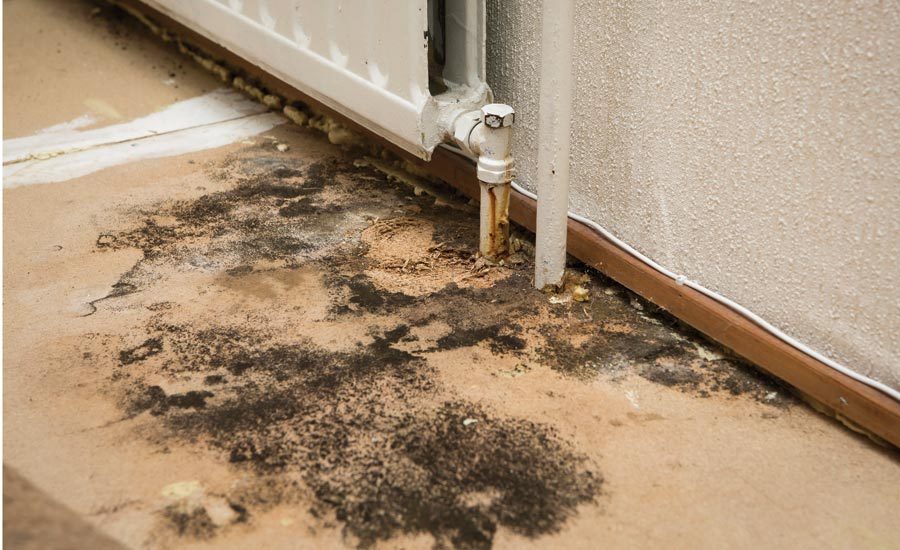 Getting To The Root Cause Of Mold In Schools 2017 06 14 Restoration Remediation Magazine
Getting To The Root Cause Of Mold In Schools 2017 06 14 Restoration Remediation Magazine
 Summer School Health Preventing Mold In Your School Reynolds Restoration Services
Summer School Health Preventing Mold In Your School Reynolds Restoration Services
Broward County Teachers Say The Mold In Their Schools Is Making Them Sick Miami Herald
Distribution Of Mold In School Classrooms Healthy Indoor Professionals
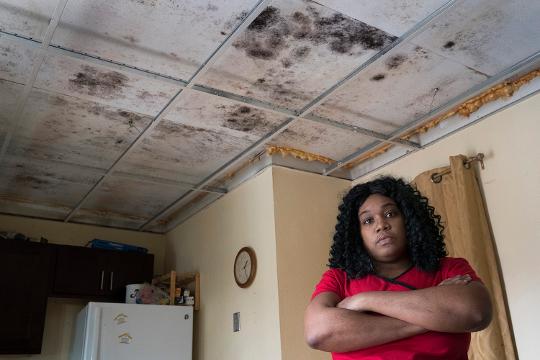 Mold Contamination Could Keep Some Nj Schools Closed For Weeks
Mold Contamination Could Keep Some Nj Schools Closed For Weeks
 Goodbye Spring Break Mold Keeps Schools Closed Threatens Future Days Off Nj Com
Goodbye Spring Break Mold Keeps Schools Closed Threatens Future Days Off Nj Com
 Broward County School Classrooms Plagued By Mold Problems The Mold Lawyer
Broward County School Classrooms Plagued By Mold Problems The Mold Lawyer
 Are Schools Making Kids Sick Cnn
Are Schools Making Kids Sick Cnn

Comments
Post a Comment